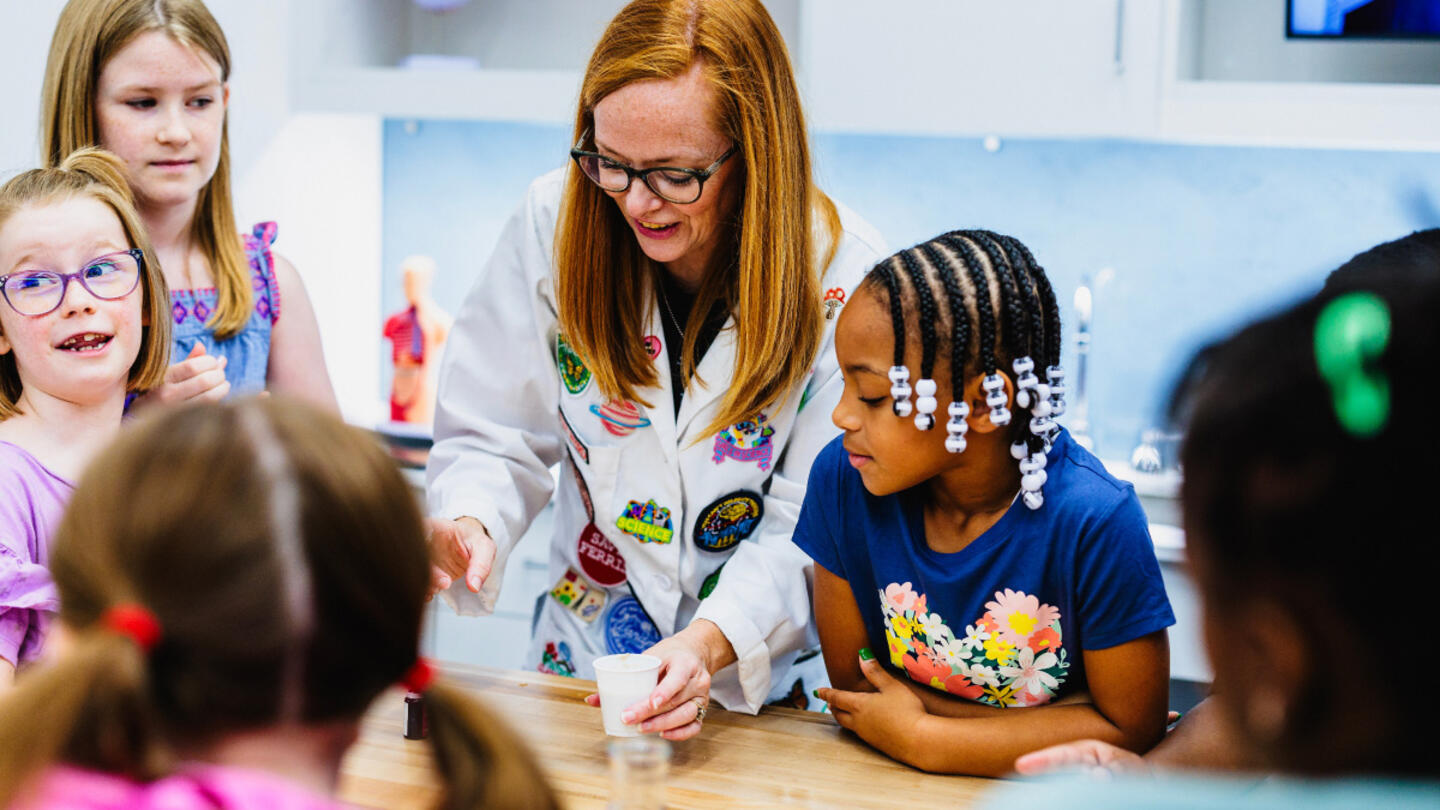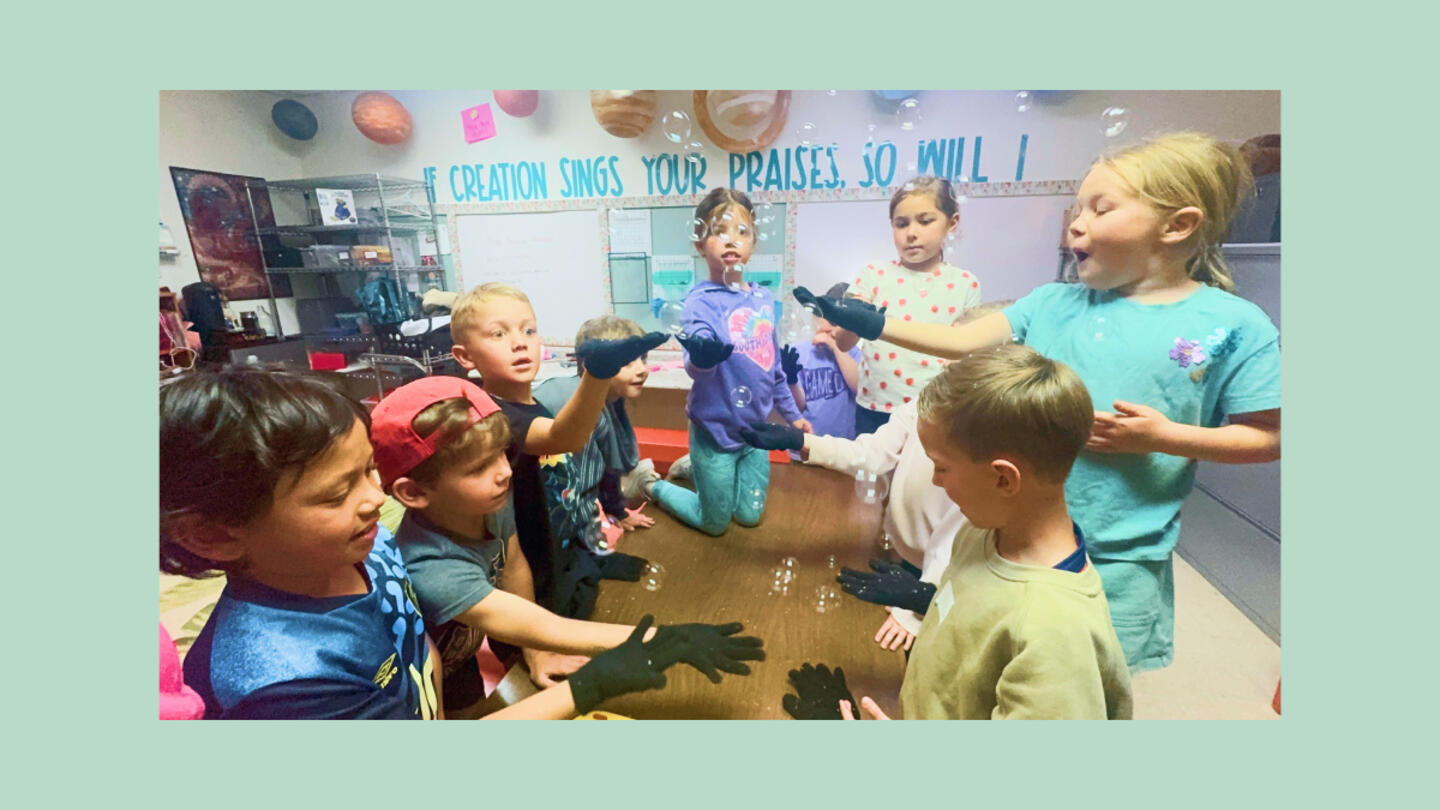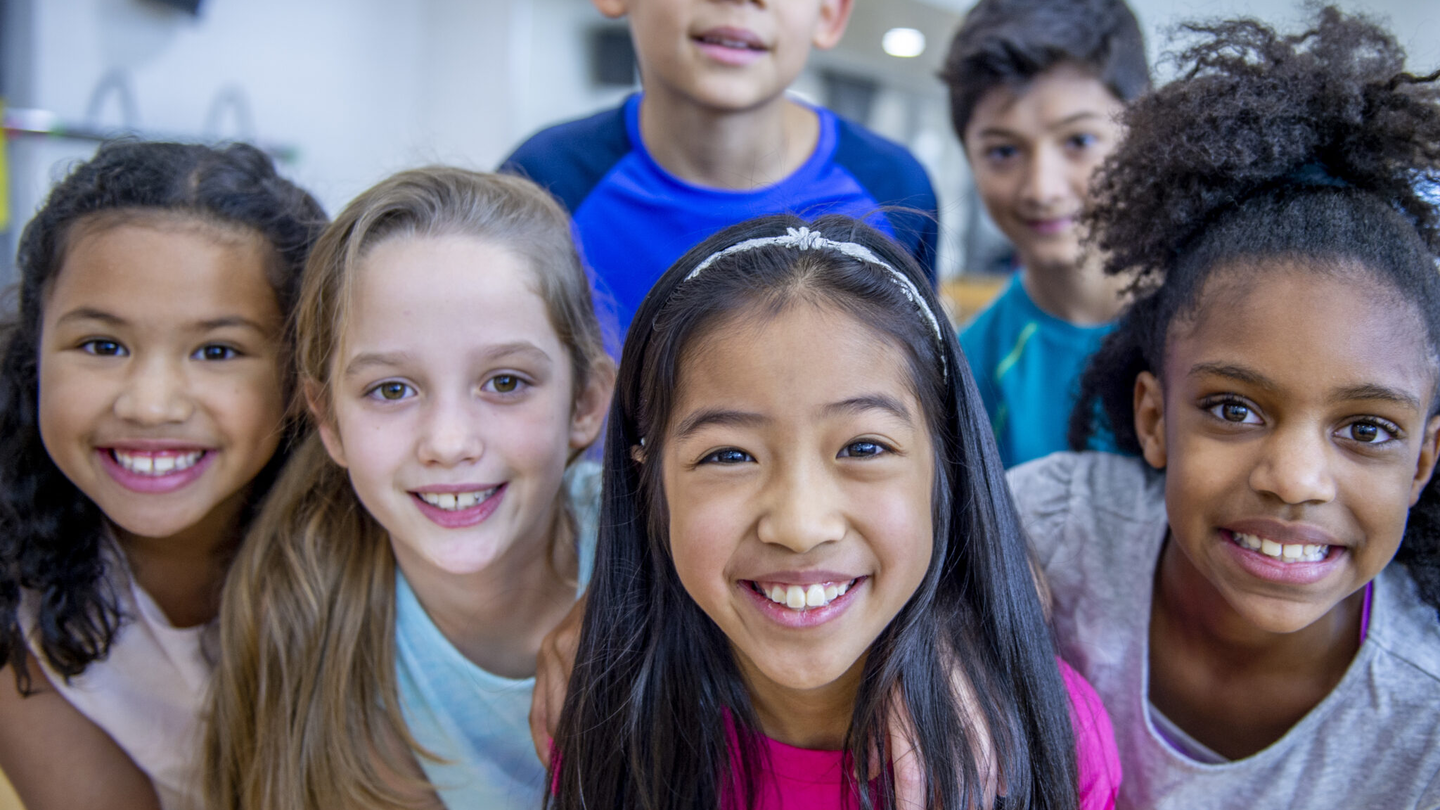Students may struggle within the traditional school system because they can’t see how the curriculum connects to their future lives. This gap can make them question whether education matters. Traditional education methods may not allow students to explore the unique interests that ultimately provide them with a sense of purpose and motivation.
Education is a powerful tool for personal and societal growth, but the conventional, one-size-fits-all approach often fails to address the diverse needs and talents of individual students.
In response, self-directed learning is emerging as a new paradigm in K-12 education. This approach allows students to take charge of their learning, fostering engagement, personalization, and the development of critical skills necessary for lifelong learning.
The challenge: The traditional education system’s one-size-fits-all approach
The traditional K-12 and postsecondary education systems use a standardized, top-down approach where all learners follow the same path. This method neglects each student’s unique skills and needs, failing to provide a personalized educational experience.
Here’s a snapshot of where this standardized system has gotten us:
- Two-thirds of students are disengaged by the time they reach the 12th grade.
- Despite a 280% increase in per-student spending since 1960, student outcomes have remained flat for the last four decades.
- 46% of college graduates feel unprepared for the workforce.
- Student loan debt has skyrocketed to $1.5 trillion, with an additional $90 billion added every year.
A Gallup poll shows confidence in public education dropped to 26% in 2023, a new low. Since the pandemic, public schools have lost 1.2 million students, while private and homeschool enrollments have risen. Research from Tyton Partners in 2022 revealed that 51% of parents prefer student-centered education that focuses on individual needs. Populace’s Purpose of Education Index highlights a strong desire for a tailored education system that caters to unique student needs, such as personalized pacing, varied learning styles, specific support, and elective study choices.
A solution: Self-directed learning
Self-directed learning offers a promising, personalized alternative to traditional education. It empowers students to lead their educational journey, providing curriculums tailored to individual interests rather than a one-size-fits-all route. This model engages students by allowing them to choose what and how they study, transforming classrooms into hubs of exploration. Teachers support and guide students, fostering curiosity, innovation, and a lifelong love for learning.
In a self-directed learning environment, students decide what, how, and when they learn, as well as who they learn from. This autonomy, supported by teachers or parents, allows students to reach their potential by exploring their interests and developing relevant skills. Students are more engaged because this personalized approach taps into their intrinsic motivation. Learning becomes something to look forward to, not a chore to be avoided.
Benefits of self-directed learning
Self-directed learning offers numerous benefits, including:
- Personalized learning: Students can learn at their own pace, focusing on their interests. This personalized approach can lead to deeper engagement and more meaningful learning experiences.
- Engagement: When students are interested in what they are learning, they are more engaged and motivated.
- Initiative: Self-directed learning empowers students to take charge of their education. As they navigate their learning journeys, they learn to set goals, seek out resources, and reflect on their progress.
- Skill development: This approach encourages students to think for themselves, which fosters essential life skills such as critical thinking, problem-solving, and self-regulation. These skills are applicable in a variety of ways in their future endeavors.
- Confidence: As students take ownership of their learning, they can better identify and gain confidence in their natural abilities.
- Preparation for the real world: Self-directed learning enables students to engage with the world and experience real-life challenges and solutions.
Sign up for Stand Together's K-12 newsletter and get stories, ideas, and advice from changemakers who are transforming education across the country.
Self-directed learning in action
Education entrepreneurs are transforming the education landscape by empowering learners and educators.
The Forest School: The godfather of self-directed learning
The Forest School, co-founded by Tyler Thigpen, is an excellent example of self-directed learning in action. The school’s learning model contrasts with traditional education by eliminating homework, tests, grades — and yes, teachers and classrooms — focusing instead on personalized educational goals and autonomy. Thigpen believes that, given the chance, all children are potential deep thinkers who can engage with the world in a big way.
At this school, students are trusted with their own learning. Real-world experiences are an integral part of that. Starting at age 8, students design their own apprenticeships with professionals in various fields: Students have apprenticed on a hydroponic farm, in a bakery, at Google, with a wedding planner, comic book designer, lawyer, college basketball coach, and real estate agent. Learners who stay at The Forest School for their entire K-12 learning experience will have completed over 20 apprenticeships by the time they graduate.
This hands-on approach encourages confidence and independence. It gives learners invaluable experience for choosing who they want to be and what they want to do when they graduate.
Prenda: Empowering education entrepreneurs to personalize learning
Prenda founder Kelly Smith launched his first microschool in 2018 in response to his daughter’s disengagement in her first-grade class. Since then, Prenda has empowered over 1,000 microschool founders and 10,000 K-8 students nationwide. Prenda’s vision is for every child in America to have access to personalized learning experiences that cater to their unique interests and needs.
Parents who, like Smith, are frustrated with the one-size-fits-all education system are seeking alternatives. Sometimes the best alternative is to start their own microschool of up to 10 students. Prenda breaks down barriers by providing parents and education entrepreneurs with the tools and support necessary to start microschools, overcoming the usual logistical and financial hurdles. The organization offers a comprehensive learning model covering all core subjects and helps navigate state requirements and tuition funding through tax money designated for education.
At the start of every school year, each child sets a year-long goal. The child then uses that goal to plan their education journey. In 2022, 79% of Prenda students said they were able to find their purpose for learning.
One Stone: A student-run school
At One Stone, co-founded by Teresa Poppen, her husband Joel Poppen, and Kent Ivanoff, students play a central role in designing their learning experience. The school focuses on personal growth and introspection as much as traditional subjects.
Instead of teachers, coaches provide discussion and guidance, treating students as equals. Students decide on their curriculum and learning style, fostering a personalized learning atmosphere that avoids rigid, one-size-fits-all approaches. They design projects based on their interests, such as music or photography, and explore real-world applications by collaborating with businesses and partners.
The future of self-directed learning
Momentum for self-directed learning is building, but it hasn’t yet become mainstream. Schools like The Forest School, Prenda, and One Stone are leading the way. They are sharing their methods with other schools and helping spread the word about this innovative approach to learning.
Self-directed learning is gaining ground. For the sake of our society, it can’t happen fast enough. With the right support and resources, self-directed learning can become the new educational norm, preparing future generations for a rapidly changing world.
***
Learn more about Stand Together’s education efforts, and explore ways you can partner with us.

This colearning space has the potential to bridge the divide between public and private education.

New Johns Hopkins data shows homeschooling’s recent surge has transformed the education landscape.
Step 1: Find the best learning environment for your child. Step 2? Figure out how to pay for it.

Here’s what happens when AI replaces teachers.
